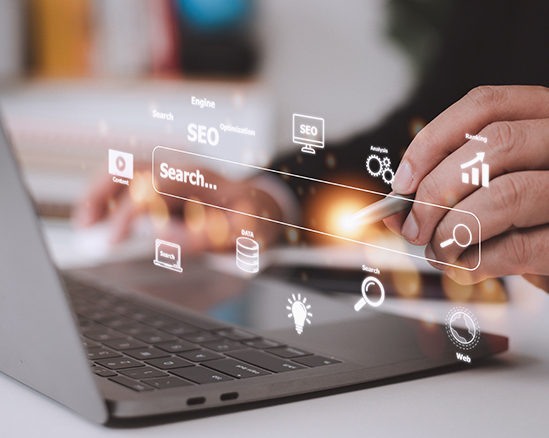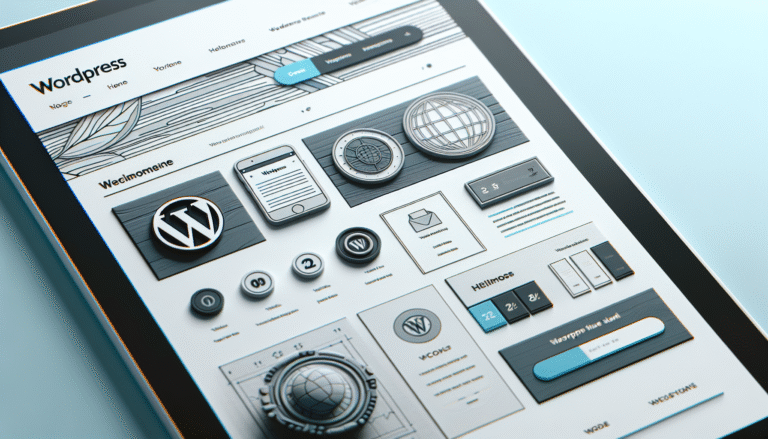
Sure! Here’s a rewritten version of the article you provided, keeping the ideas intact but refreshing the language and structure:
—
What Will Web Design Look Like in 100 Years?
Web design has come a long way from the chaotic, blinking pages of the mid-1990s. Today’s sleek, responsive, and mobile-first websites are a world apart—and yet, we’re only at the beginning of the journey.
But what about a century from now? Can we even imagine what web design will look like in 2125? Spoiler: probably not with any real certainty. Still, let’s take a bold, speculative leap into the future.
The Changing Role of Web Designers
First, it’s important to acknowledge that the role of the web designer will be drastically different in 100 years. And that’s not necessarily a bad thing.
With the rapid advances in AI, machine learning, and emerging tech we can’t yet fathom, it’s likely that many of today’s design tasks will either evolve or disappear entirely. Technology is already reshaping our work faster than we can update our portfolios—and we’re only scratching the surface.
Will “Websites” Even Exist in 2125?
It’s a fair question. The concept of a website—flat, screen-based, and navigated via clicks—could become as outdated as floppy disks.
Virtual reality (VR), augmented reality (AR), and brain-computer interfaces (BCIs) might become the primary ways we experience the internet. Instead of browsing pages, we might be stepping into fully immersive, 3D environments—or even experiencing information directly through neural links.
Voice interfaces, AI assistants, and holographic projections are already hinting at a future where the line between digital and physical blurs. In that world, web designers might become more like “experience architects,” crafting entire virtual realities rather than static pages.
Goodbye Screens?
Here’s a radical thought: what if screens become obsolete?
Instead of staring at glowing rectangles, we could interact with holograms or AR overlays that seamlessly integrate into our surroundings—or even directly into our minds.
In this future, “webpages” wouldn’t exist. Instead, we’d design dynamic, context-aware environments that adapt in real-time to users’ locations, emotions, and needs. Static layouts would seem laughably primitive compared to a world of fluid, ambient computing.
The End of Pages and Navigation
Taking it even further: what if the very idea of “pages” and “navigation” disappears?
Rather than clicking through menus or scrolling endlessly, users might move through personalized, ever-evolving experiences that anticipate their needs.
Information wouldn’t be something you search for—it would find you. The internet could become an omnipresent layer of reality, adjusting itself to your behavior, preferences, and even your subconscious desires.
In this world, web design would be less about structuring information and more about orchestrating dynamic, intuitive flows of data.
AI: Designer’s Ally or Replacement?
Today, AI tools like Figma’s auto-layout and Adobe Sensei are already reshaping design workflows. Fast forward 100 years, and AI could be capable of designing entire digital experiences without human input.
This raises big questions: Will designers be replaced? Or will they evolve into strategists, curators, and collaborators—guiding AI to create more human-centered designs?
Perhaps designers will focus on emotional resonance and storytelling, while AI handles execution. Or maybe AI will surpass human creativity altogether. Either way, the partnership between humans and machines will define the future of design.
Will “Design” Still Exist?
What if, in a century, we don’t design fixed experiences at all?
Imagine digital interfaces that constantly morph based on user behavior, preferences, and even emotions—no two experiences ever the same.
Instead of designing static layouts, future designers might create the underlying systems and frameworks that AI uses to generate personalized, evolving environments. Design would be less about pixels and grids, and more about crafting adaptive, living ecosystems of information.
Total Integration: Technology and Humanity
Perhaps the most mind-bending possibility is the complete merging of technology and humanity.
Brain-computer interfaces could allow us to interact with the internet through thought alone, eliminating the need for screens, keyboards, or even physical devices. The web would become a seamless extension of ourselves—an invisible, ever-present layer of reality.
In this world, designers would no longer create websites or apps. They would design the systems that shape how information flows directly into our minds and bodies, creating experiences that feel as natural as breathing.
The Enduring Need for the Human Touch
Even as technology advances, the human element will remain essential.
Machines may replicate logic and even creativity, but true empathy, intuition, and emotional storytelling are deeply human traits. Future designers will need to master not just tools and technology, but also emotional intelligence—crafting experiences that resonate on a profound, human level





